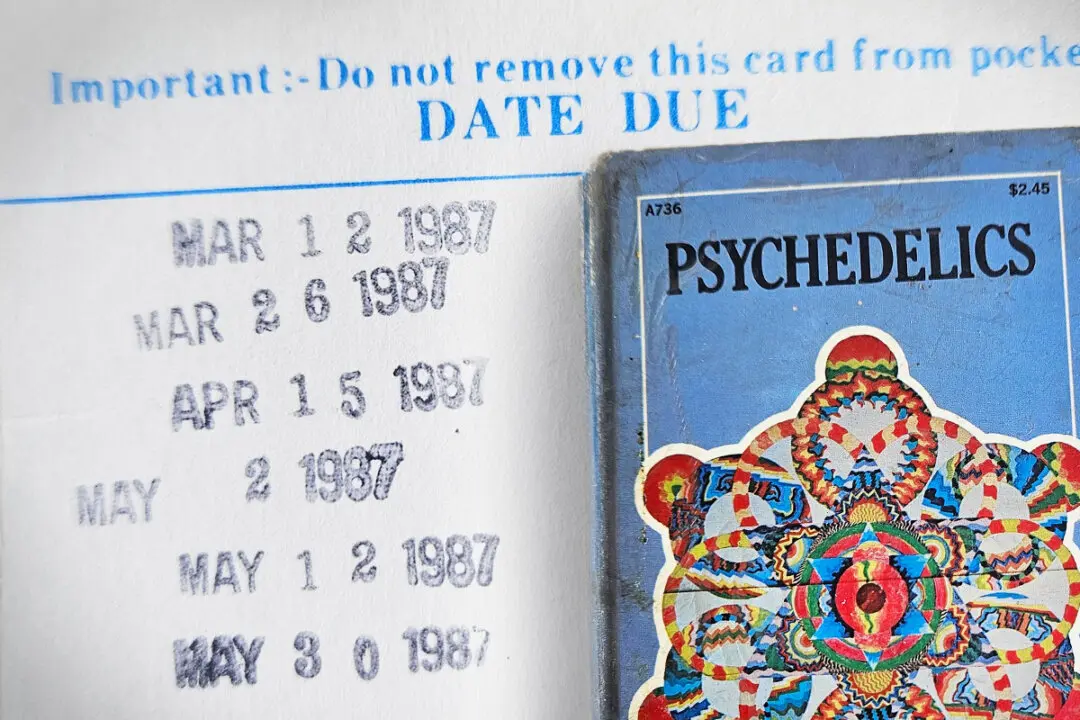Who remembers cassette tapes? You do? Okay, let’s go back a little further. Floppy disks? Maybe you used a landline phone to call your friends in your childhood home, or maybe your dad received notes from his boss via a fax machine. If we’re starting to sound like a movie from the 1980s, then good! It’s throwback time.
If it’s true that everything changes, then it’s also true that whatever we grew up with is what we are used to. Who misses the mechanic ingenuity of the rotary phone? Perhaps VHS players fill you with a wistful nostalgia. On the other hand, you can spot a millennial from a mile away, scrolling expertly across a handheld screen like they were born with a phone surgically attached to their palm.
For all you gadget-savvy readers out there, here’s a challenge to get your teeth stuck into. What in the world is this?

The thin metal plate looks a little like a coin, that much we know. And a strand of thin, curved material pokes out of the top. Is it broken? Is it for decoration? Does it have a purpose?
For all those lucky folk out there whose industrious grandmothers taught you how to sew on a button, you‘ll be shaking your heads in disbelief by now. Grandma would be turning in her grave. She’d also be showing you how to use this thing.
Listen up: grab a needle, a reel of cotton, and an item of clothing with a hole that needs mending. Pick up the mystery gadget and place the diamond-shaped wire through the eye of the needle. Next, thread a piece of cotton swiftly and easily, and get to sewing. That’s right—it’s a “needle threader!” It’s also the closest thing that a household sewing kit can get to magic: this little device is an extraordinary time saver.

So why don’t we use them anymore?
The 21st century’s answer to the book-bound encyclopedia, Google, has the answer. Needle threaders date back to the Victorian era and crossed the pond to the United States in the early 1900s. If you look closely, the head printed on the coin-shaped part of the device is actually a rendition of the bust of Queen Victoria. The diamond-shaped wire that threads the needle is typically made from thin, flexible steel wire.

Needle threading attachments became standard when sewing machines were invented, but sock darners and hole fixers everywhere had to make do with the manual needle threader until the 1970s. Sewing machines have, of course, revolutionized the clothing industry, and the machines themselves have undergone various customizations over the years. Some even have their own inbuilt lights for better visibility.
Did you guess the gadget? Bonus points for any readers who have actually used one.
The next time you find a hole in your sock, don’t just buy a new pair—rise to the needle-threading challenge and make your ancestors proud!




